- Quick Read: Discover the potential impact of alcohol on seborrheic dermatitis, from skin barrier disruption to inflammation triggers.
- Research-Backed: Explore studies linking alcohol consumption to increased risk and severity of seborrheic dermatitis outbreaks.
- Practical Tips: Learn actionable steps to manage your skin health by understanding alcohol’s effects.
Could your evening drink be affecting your skin? For those managing seborrheic dermatitis, this question is particularly relevant. While research is still evolving, evidence suggests a potential link between alcohol consumption and this chronic skin condition.
This article dives into the possible connections between alcohol and seborrheic dermatitis. We’ll explore how alcohol might influence your risk and symptom severity, empowering you with knowledge to make informed lifestyle choices for healthier skin.
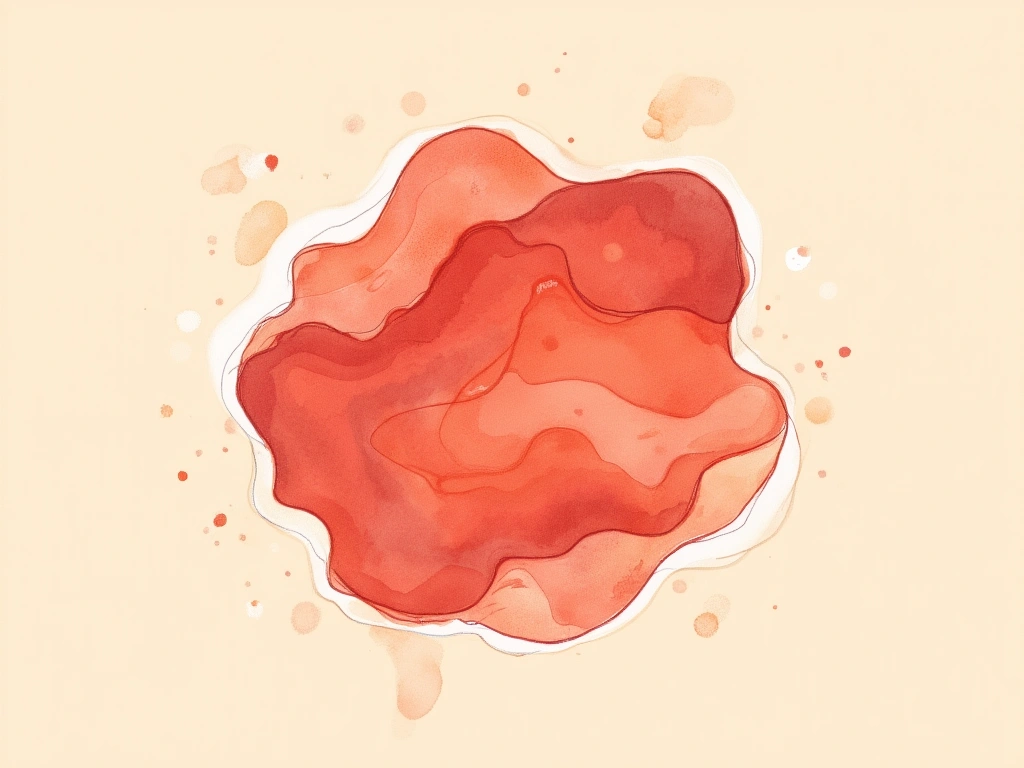
Understanding Seborrheic Dermatitis
Seborrheic dermatitis is a common, long-term inflammatory skin condition affecting 1-3% of the population [1]. It’s characterized by red, flaky, and irritated patches, typically appearing on oily areas like the scalp, face, ears, chest, back, and skin folds. On the scalp, it’s commonly known as dandruff.
While the exact cause remains unclear, seborrheic dermatitis is believed to be influenced by a combination of factors:
- Genetics
- Hormonal fluctuations
- Environmental factors (weather, seasons)
- Stress
- Yeast overgrowth (Malassezia) [2]
Seborrheic dermatitis is characterized by flare-ups and remissions, with triggers such as stress, harsh soaps, cold weather, and existing inflammatory skin conditions potentially worsening symptoms.
A compromised epidermal barrier is strongly linked to the severity of seborrheic dermatitis [3]. The yeast Malassezia and colonization by Staphylococcus epidermidis, coupled with a weakened skin barrier, are considered key players in its development [4][5].
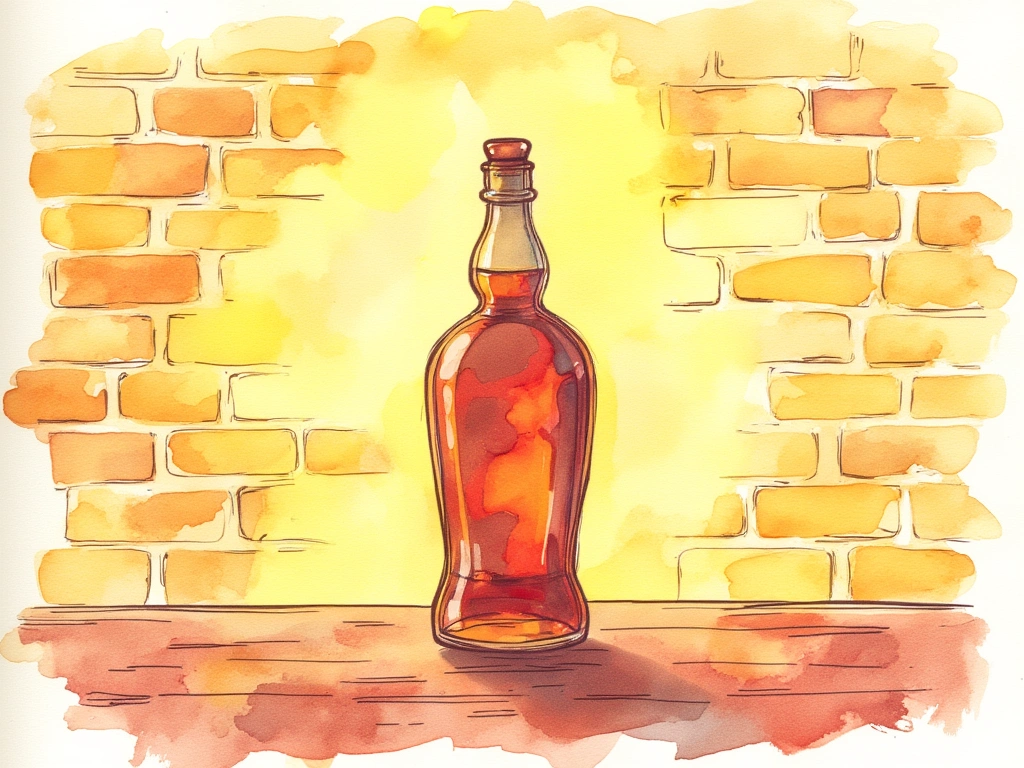
How Alcohol Impacts Your Skin Barrier
Your skin’s outer layer is a crucial protective barrier, retaining moisture and blocking irritants and microbes. Research indicates that alcohol consumption can impair this barrier function by increasing transepidermal water loss (TEWL) [6][7]. This damage can persist even after alcohol intake stops, suggesting it’s not immediately reversible [8].
While factors like skin conditions, harsh cleansers, and pollution also increase TEWL, studies confirm alcohol’s independent role in weakening skin barrier integrity in both the short and long term [9]. By compromising this protective shield, alcohol can make the skin more vulnerable to moisture loss and penetration by irritants and microbes. This barrier disruption could be a key mechanism by which alcohol exacerbates inflammatory skin conditions like seborrheic dermatitis.
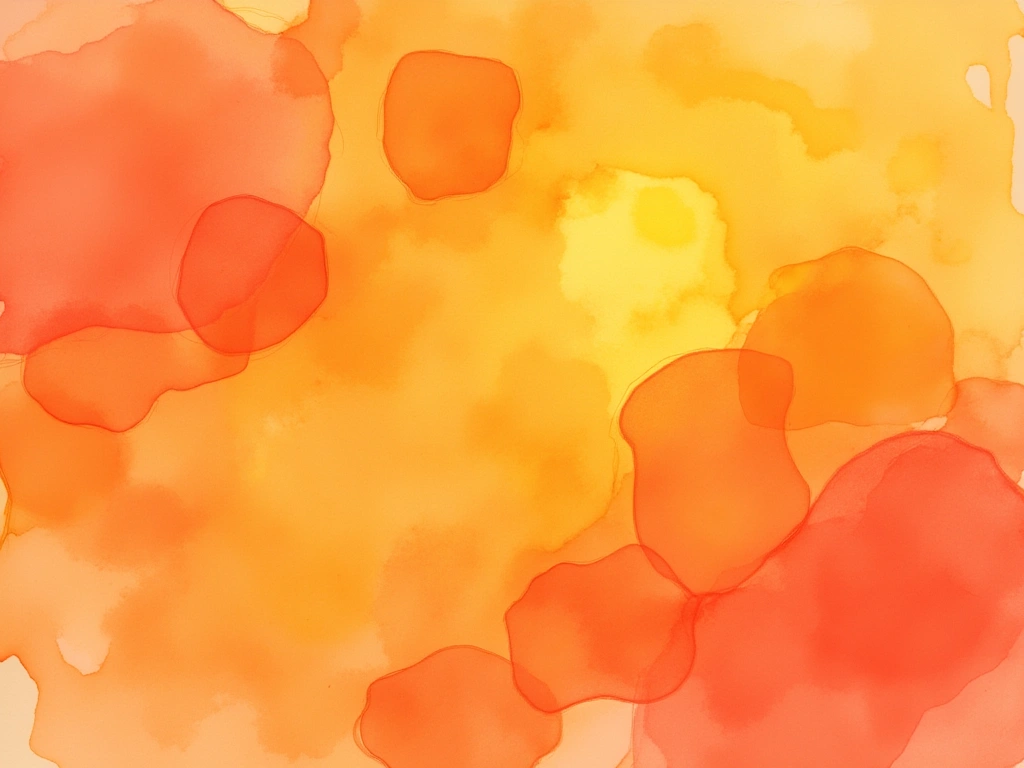
Alcohol and Inflammation: Fueling Skin Issues
Inflammation is a central process in many skin disorders, including seborrheic dermatitis. Research has identified several ways alcohol can trigger inflammatory responses within the body:
- Increased Inflammatory Molecules: Alcohol elevates levels of inflammatory cytokines in the blood and liver [10]. These circulating molecules can contribute to systemic inflammation throughout the body.
- Immune Cell Activation: Alcohol activates monocytes, a type of immune cell, and increases their numbers [11]. This heightened immune activity promotes inflammation.
- Impaired Skin Healing: Alcohol hinders wound healing and promotes scarring through oxidative stress and inflammation [2]. This highlights alcohol’s direct pro-inflammatory effects on skin tissue.
This alcohol-induced systemic inflammation can worsen inflammatory skin conditions like seborrheic dermatitis. Furthermore, evidence suggests alcohol can trigger inflammation even when applied directly to the skin, especially in individuals with alcohol intolerance [3].
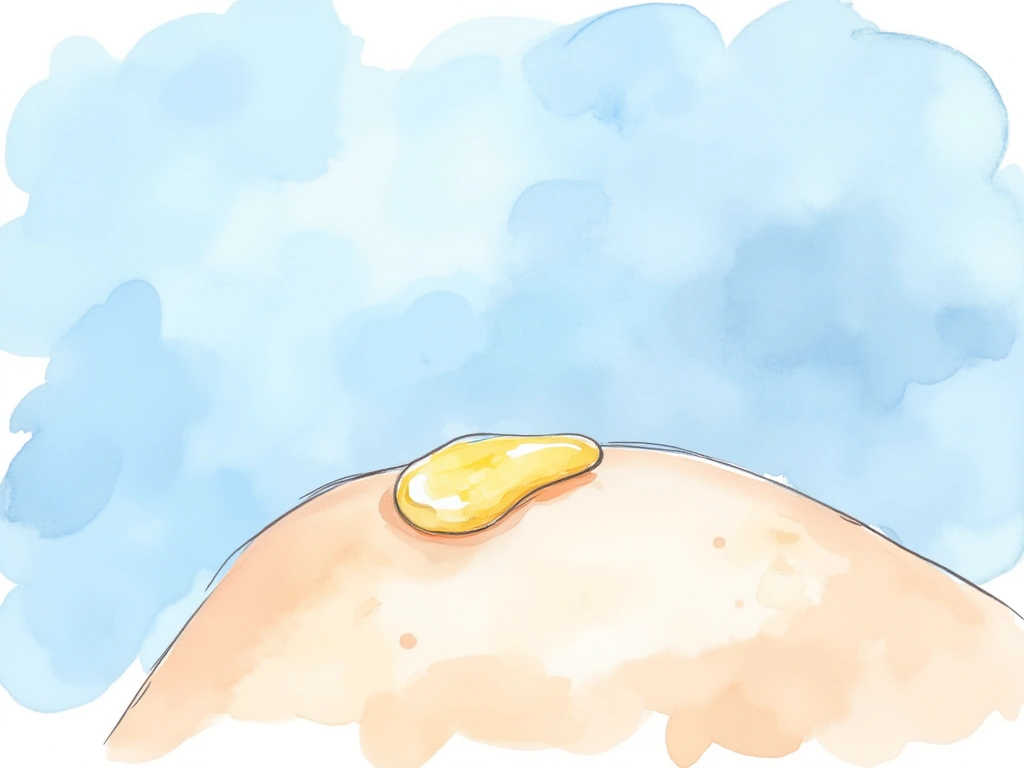
Alcohol’s Impact on Fat Metabolism and Sebum
Seborrheic dermatitis is characterized by excess sebum (skin oil) on the skin surface, contributing to its greasy, flaky appearance.
While moderate alcohol consumption might have some benefits for fat metabolism and heart health [12], chronic, heavy alcohol use can disrupt fat regulation in the liver [13]. Given the importance of balanced sebum production for healthy skin, alcohol misuse could potentially worsen seborrheic dermatitis by interfering with oil gland function.
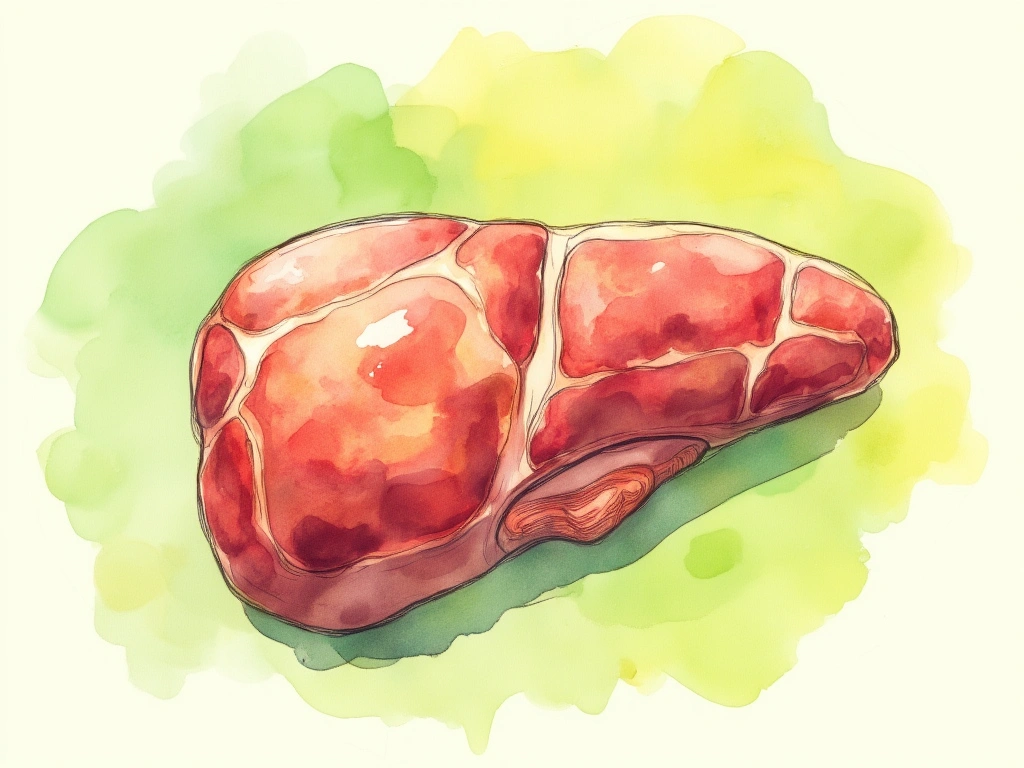
The Fatty Liver Connection
Long-term, excessive alcohol intake can lead to fatty liver disease. Intriguingly, research has found links between fatty liver disease and various skin conditions, including seborrheic dermatitis [14]. Studies indicate a higher prevalence of fatty liver disease in individuals with seborrheic dermatitis compared to the general population [15].
[Image of fatty liver disease and related skin manifestations]
The exact mechanisms are still being investigated, but alterations in lipid and fatty acid metabolism might explain the connection between fatty liver disease and seborrheic dermatitis. Considering alcohol’s role in fatty liver development, this association presents another potential pathway through which alcohol could worsen seborrheic dermatitis.

Alcohol, Overall Health, and Immunity: Indirect Skin Effects
Beyond its direct effects on the skin, alcohol can indirectly exacerbate skin conditions by negatively impacting overall health and immunity:
- Nutritional Deficiencies: Alcohol can suppress appetite and impair nutrient absorption [16], potentially depriving the skin of essential micronutrients.
- Sleep Disruption: Alcohol can disrupt sleep patterns [17], hindering the skin’s overnight regeneration and repair processes, which are crucial for skin health. Poor sleep is linked to increased skin disease risk.
- Increased Disease Risk: Excessive alcohol consumption raises the risk of serious conditions like cancer, liver disease, diabetes, and heart disease []. These alcohol-related illnesses can further worsen inflammatory skin disorders.
- Immune Suppression: Alcohol can suppress the immune system [4], increasing susceptibility to infections that might trigger seborrheic dermatitis flare-ups.
By compromising overall health and immune function, alcohol can increase vulnerability to seborrheic dermatitis triggers.
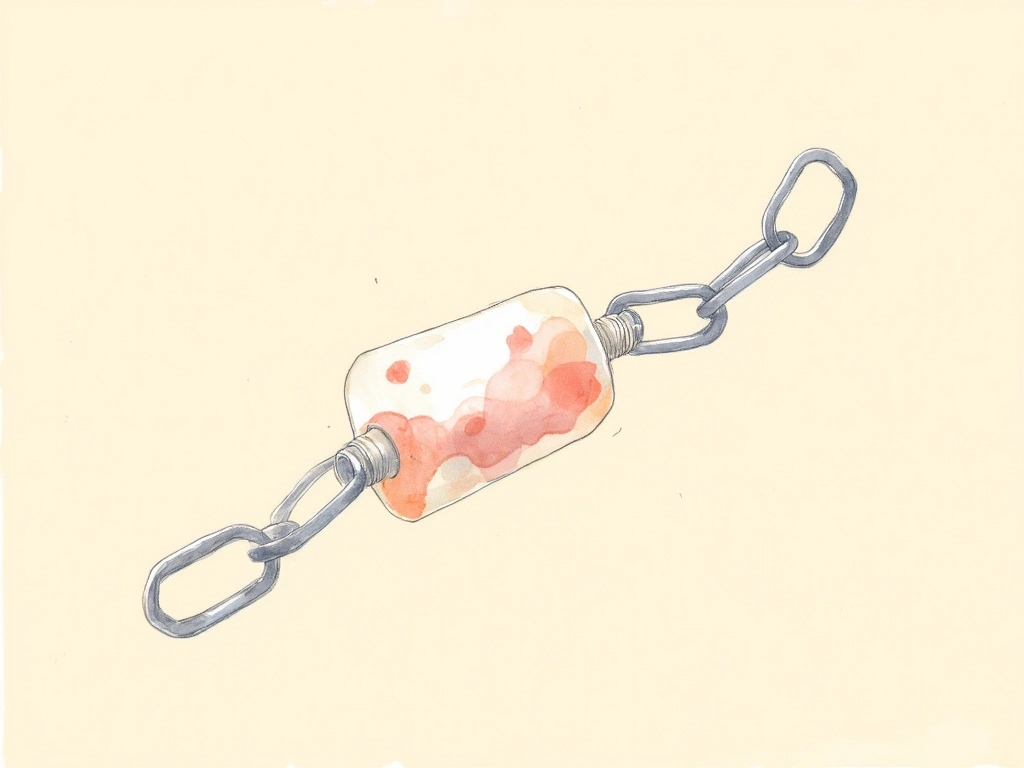
Evidence Linking Alcohol and Seborrheic Dermatitis
While specific research on alcohol and seborrheic dermatitis is still limited, existing studies point to potential connections:
- Association with Other Skin Conditions: Alcoholism is linked to other skin conditions like psoriasis, itching, and eczema [18].
- Psoriasis Severity: Alcoholics may experience more severe and treatment-resistant psoriasis [19], a condition sharing inflammatory pathways with seborrheic dermatitis.
- Impact on Shared Mechanisms: Alcohol affects immunity and inflammation [10][5], processes also central to seborrheic dermatitis.
- Fatty Liver and Seborrheic Dermatitis Co-occurrence: Alcoholism-induced fatty liver disease is associated with a higher incidence of seborrheic dermatitis [20].
Considering its effects on inflammation, skin barrier function, and overall health, alcohol is likely a trigger or exacerbating factor for seborrheic dermatitis.

Practical Tips: Managing Alcohol Intake for Healthier Skin
While more research is needed, current evidence suggests that limiting alcohol intake could be beneficial in managing seborrheic dermatitis symptoms and flare-ups:
- Moderate Alcohol Consumption: Reduce or avoid excessive alcohol intake to support skin barrier function and minimize inflammation.
- Stay Hydrated: Drink plenty of water, especially when consuming alcohol, to counteract its dehydrating effects on the skin.
- Stress Management: Implement stress-reducing strategies, prioritize sleep, and maintain good hygiene practices to promote overall skin health.
- Barrier-Supporting Skincare: Use skincare products with anti-inflammatory ingredients like green tea, niacinamide, and aloe vera to soothe and strengthen the skin barrier.
- Early Flare-Up Treatment: Address seborrheic dermatitis flare-ups promptly with medicated shampoos, topical antifungals, or prescribed medications as directed by your healthcare provider.
For most healthy individuals, occasional and moderate alcohol intake is generally acceptable. However, those prone to seborrheic dermatitis flares might observe improvements by limiting alcohol consumption alongside a consistent skincare routine and scalp hygiene. Consulting a dermatologist is always recommended for personalized advice and management strategies.

Research Gaps and Future Directions
It’s important to acknowledge the limitations of current research. While studies suggest potential links between alcohol and seborrheic dermatitis risk and severity, many are observational or small-scale. Larger, well-designed clinical trials are necessary to definitively confirm a causal relationship between alcohol and seborrheic dermatitis exacerbation.
Seborrheic dermatitis is a complex condition influenced by numerous factors beyond alcohol, including genetics, stress, hormonal changes, weather, and yeast overgrowth. However, understanding alcohol’s physiological impacts offers valuable insights for some individuals managing seborrheic dermatitis. Further research is encouraged to fully elucidate the relationship between alcohol consumption patterns and seborrheic dermatitis symptom severity.

Key Takeaways: Alcohol and Seborrheic Dermatitis
To summarize, current evidence indicates several ways alcohol consumption might contribute to seborrheic dermatitis susceptibility and severity:
- Damages the skin’s protective barrier
- Triggers systemic inflammation
- Disrupts fat and oil metabolism
- Linked to fatty liver disease, which is associated with SD
- Negatively impacts overall health and immunity
While more research is warranted, reducing alcohol intake may be a helpful strategy for managing seborrheic dermatitis symptoms and flare-ups. Remember that medical treatment, gentle skincare, and addressing other triggers remain essential components of managing this chronic inflammatory skin condition. Considering alcohol’s potential role can provide valuable insights for some individuals seeking to improve their skin health.
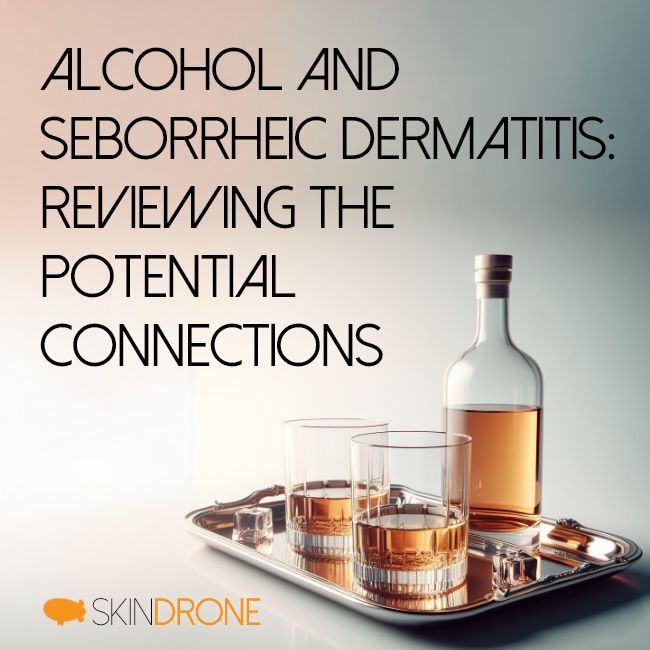
No Comments
Be the first to start a conversation